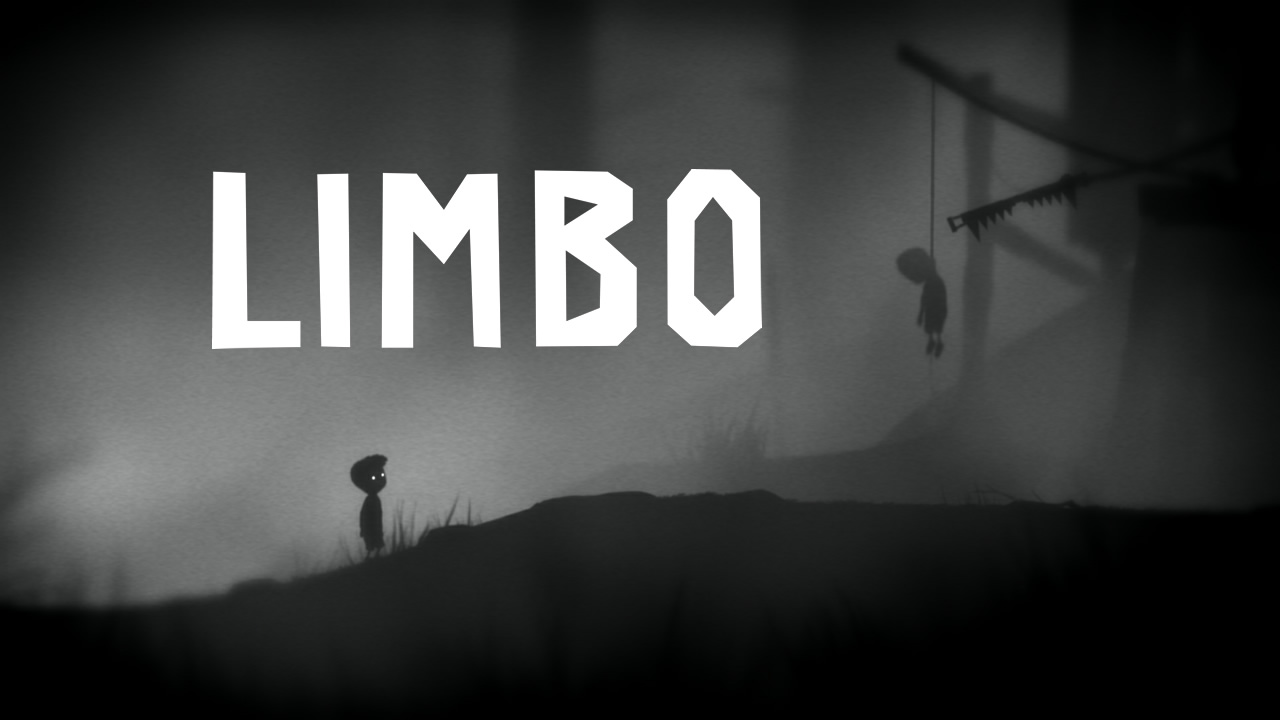Limbo: The Macabre World of Playdead and Indie Games


Let me start by saying that this is not a review. This is wild speculation dressed in a little research and evaluation. If a review is what you must have, rest assured, the game we will be discussing is very good. Read any number of reviews and articles from the major media outlets covering it and you’ll find that is pretty much the consensus. What we’re going to do is attempt to cover a little more ground than the game itself. When you play a game like Limbo, it raises a lot of questions. What place does a game like this hold in the grand scheme of things? What is this trying to tell me? But, primarily, what the hell did I just play, and where can I get more?
Few games embody the moniker “indie” better than Limbo. If anything, it is concrete proof that Xbox Live Arcade (or something like it) desperately needs to return to the console. This is not simply for the benefit of gamers, but for the sake of the indie game world as a whole. Sound a little over dramatic? Ponder this: XBLA was created for the sole purpose of finding, curating, and presenting small, yet deserving titles to the attention of Xbox owners. While in the Xbox store, you scroll through the interface list of new releases. Consider how many titles are released in a single week alone. The names begin to run together. Everything looks the same. Unless a title has had the multi-million dollar marketing campaign of a triple A game, it will most likely be scrolled passed unnoticed. There needs to be a system that filters out the trash in order to find the treasure. A resource like XBLA is vital to the success of the independent game industry. It was a group of professionals trekking through what the indie world had to offer in all its glory and shame. They suffered through the worst of the worst and the mediocre slog to find the hidden gems. They did the dirty work so the gamer wouldn’t have to.
When asked in an interview on IGN’s Unfiltered what his favorite game was to premier on Xbox Live Arcade, XBLA creator Greg Canessa stated without hesitation “Limbo. It was the embodiment of everything we had set out to do when we created XBLA.” Indeed, because as anyone who has ever played the game can tell you, there is absolutely nothing like it. In Limbo, the edge of hell is presented like something out of an old expressionist film. Thick black & white contrast overlays a foreboding forest that bleeds into an industrial urban wasteland as the game progresses. Assuming the role of a nameless young boy, the player traverses the ghastly terrain in an effort to find his lost sister. Along the way, the player must solve increasingly lethal puzzles, most of which end in grisly fashion if not solved correctly. But that’s part of the sick appeal of Limbo. You’re going to die, and die a lot. It’s a twisted wonderland where everyone and everything has one sole purpose: to kill you. Frustration is inevitable, but somehow, you keep coming back for more. You’re under its spell.

The wizards at Playdead, a game developer based in Copenhagen, are the folks responsible. It goes without saying that the team has experienced an impressive amount of success with Limbo. Starting as an Xbox exclusive, it is now available on every major platform including PlayStation 4, Wii U, and a slew of mobile devices. It’s kept the Playdead team remarkable busy since 2010, porting this game to the various platforms. The swell of cash they have received in doing so has not gone to waste. Playdead lit up E3 2014 when it announced it was making a follow up to Limbo entitled “Inside”. Despite its varied differences from Limbo, (it being in color as the most obvious), the similarity in theme between the two games is striking. What is that theme, exactly? Solitude in a world turned against you. While playing Inside the gamer takes on the role of a young boy once again. The setting is now a dystopian future-scape in the midst of decaying urban sprawl. The player must navigate the dangers of this world through various deadly puzzles in the hope of avoiding a tyrannical government that has been experimenting on its people. Slated for release this year, Inside has been pegged as one of the most anticipated 2016 titles. Not bad for a small, 2D side scroller in this modern era. Like its predecessor, Inside is advertised as an Xbox exclusive, and history shows that won’t last long.

What Playdead has done here is nothing short of incredible. In a time where creating a 2D side scrolling game was thought to only be serviceable to smaller niches, Limbo delivered a complexity and depth in narrative thought nearly impossible for a puzzle platformer. The industry has long been domineered with pristine looking first person shooters and forty hour long RPG epics, yet Playdead refused to play into the clichés of nostalgia and ironic kitsch. Whether Inside can deliver on the same level as Limbo is irrelevant. People are going to play it because of Limbo’s success. Yet, if it weren’t for a service like Xbox Live Arcade, would we even be talking about these games at all? In the case of Limbo and Playdead, the cream rose to the top. Let’s hope it continues to do so.
Dylan Hackworth27 Posts



0 Comments